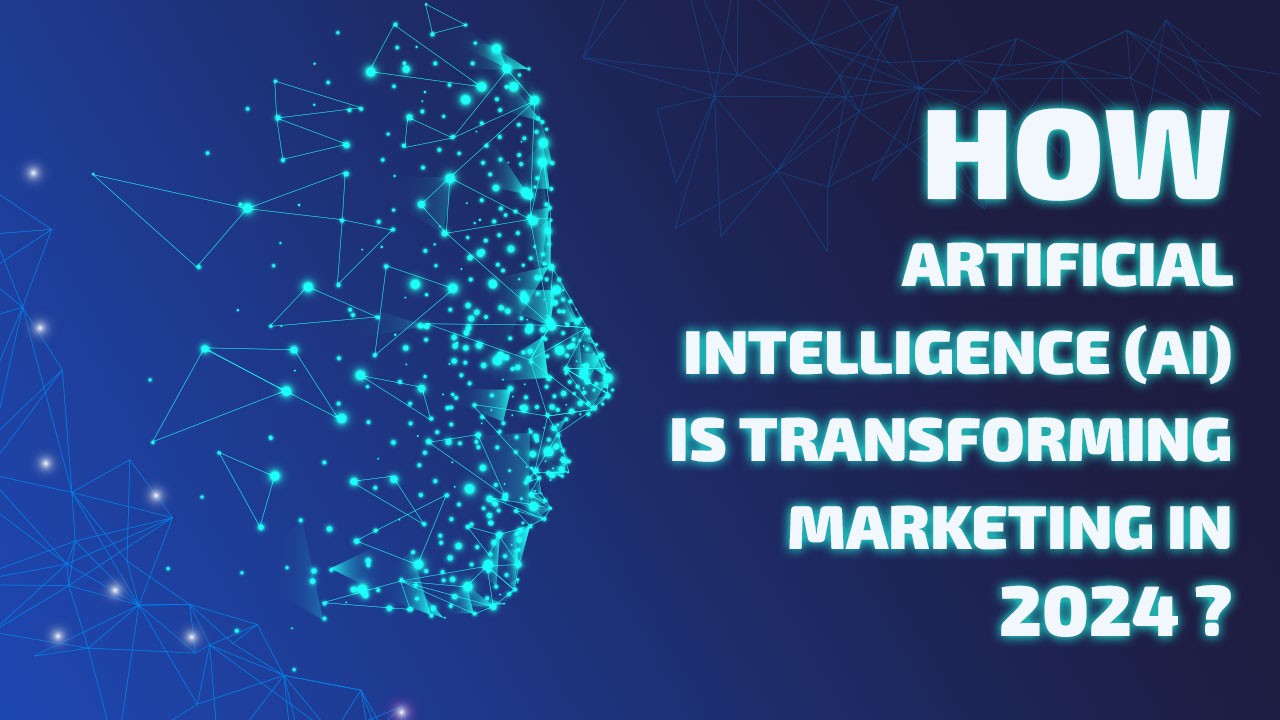Artificial Intelligence (AI) is increasingly becoming an integral part of modern education. Its adaptability, efficiency, and capacity to deliver real-time feedback make it especially valuable in helping students overcome common learning challenges. Through AI-powered tools, students can now receive individualized support tailored to their specific needs, from struggling with difficult concepts to managing time effectively. This article explores how AI is transforming education and helping students face and overcome various academic hurdles.
Understanding how AI can help students overcome common learning challenges begins with recognizing the key issues students face in traditional educational systems, including limited personalization, delays in feedback, and challenges in engaging with complex material.
1. Personalized Learning Paths
One of the most significant contributions of AI in education is the ability to create personalized learning paths. Traditional education often follows a standardized curriculum, which doesn’t account for each student’s unique learning style, strengths, and areas that need improvement. AI-driven platforms, however, adapt the learning experience to fit individual needs, ensuring students receive the support necessary to excel.
AI-powered systems such as Knewton and DreamBox assess a student’s progress in real time, adjusting the level of difficulty based on their responses and mastery of the material. For example, if a student is excelling in reading comprehension but struggling with grammar, the system will provide more grammar exercises to reinforce those skills. According to research from EdTech Magazine, personalized learning can improve student performance by up to 30% compared to traditional learning methods
.
2. Providing Real-Time Feedback
Feedback is essential for effective learning, but in traditional classrooms, it is often delayed, hindering a student’s ability to correct mistakes in a timely manner. AI changes this by offering real-time feedback, which allows students to understand their mistakes instantly and apply corrections before moving on. This cycle of immediate feedback and continuous improvement fosters better learning outcomes.
For example, platforms like Grammarly provide students with instant feedback on their writing, helping them correct grammar errors, improve sentence structure, and enhance clarity. Similarly, math platforms like Photomath use AI to walk students through problem-solving processes, identifying errors as they go. According to a study by Harvard Business Review, students who receive real-time feedback are more likely to retain information, showing a 25% improvement in learning outcomes compared to students who receive feedback later
.
3. Breaking Down Complex Concepts
AI can simplify complex topics by breaking them down into manageable parts, which helps students overcome the intimidation and frustration that often accompany challenging subjects. This is particularly useful in STEM fields where students frequently struggle with abstract concepts and problem-solving.
For instance, platforms like Socratic by Google and Carnegie Learning offer AI-driven tutoring that helps students tackle difficult math and science topics. These systems use natural language processing to explain concepts in simpler terms and provide step-by-step problem-solving guides. By making challenging material more accessible, AI enables students to build confidence and comprehension in subjects they may have previously struggled with.
4. Addressing Time Management and Study Habits
Poor time management is a common challenge among students, especially in today’s fast-paced world where distractions are abundant. AI-driven applications are helping students manage their time effectively by creating personalized study schedules, sending reminders, and prioritizing tasks.
For example, tools like My Study Life use AI to help students plan their schedules, set study goals, and track assignment deadlines. These platforms not only promote better organization but also encourage students to develop disciplined study habits. With AI’s assistance, students learn to manage their workload more effectively, reducing stress and improving productivity.
5. Improving Language Learning
Language acquisition is another area where students often face challenges, particularly with pronunciation, grammar, and vocabulary retention. AI-powered language platforms address these issues through personalized and interactive learning experiences that adapt to each learner’s progress.
Platforms like Duolingo and Babbel use natural language processing (NLP) algorithms to tailor lessons to a student’s level, offering personalized exercises that reinforce vocabulary, grammar, and pronunciation skills. Real-time feedback on pronunciation and grammar errors helps learners correct mistakes instantly. As a result, students are more likely to retain the language and gain fluency. These AI tools make language learning more accessible, engaging, and effective, which is particularly valuable for students who struggle with traditional language classes.
6. Providing Access to Learning Anytime, Anywhere
One of the challenges in traditional education is the limited access to resources outside of school hours. AI-powered learning platforms offer students access to learning materials and support anytime, anywhere, enabling continuous learning outside of the classroom.
Platforms like Khan Academy and Coursera provide students with AI-driven learning tools that they can use at their convenience, allowing them to review lessons, take quizzes, and complete assignments on their own schedule. This flexibility is particularly beneficial for students with different learning paces or those balancing school with other responsibilities. With AI, education becomes more accessible and adaptable to individual lifestyles, empowering students to take control of their own learning.
7. Supporting Special Education Needs
AI’s adaptability makes it a powerful tool for supporting students with special educational needs. For students with learning disabilities, sensory impairments, or physical limitations, AI-powered assistive technologies offer tailored solutions that address their unique challenges.
For instance, speech-to-text software helps students with dyslexia or writing difficulties participate more fully in the classroom. Seeing AI by Microsoft aids visually impaired students by describing their surroundings, while tools like Voiceitt assist students with speech impairments in communicating more effectively. These technologies not only help students with special needs overcome learning barriers but also promote inclusivity in the educational environment.
8. Enhancing Engagement Through Gamification
A common challenge in education is keeping students engaged, especially in subjects they find difficult or uninteresting. AI-driven gamification techniques make learning fun and interactive, capturing students’ attention and encouraging them to stay committed to their studies.
Platforms like Quizlet and Kahoot! use gamification to create a competitive and enjoyable learning environment. By integrating rewards, points, and challenges into lessons, these platforms make learning feel like a game rather than a chore. Research from EdTech shows that gamified learning experiences can improve student engagement by 40%, making it an effective tool for capturing and maintaining students’ interest
.
Preparing Students for Future Careers with AI Skills
As AI continues to transform various industries, equipping students with AI skills is becoming essential for their future success. Many AI-powered platforms, such as LinkedIn Learning and Code.org, offer courses in coding, data science, and machine learning, helping students develop the technical skills needed to thrive in an AI-driven job market.
These platforms offer personalized learning paths that adapt to a student’s progress, ensuring they develop relevant skills at a pace that suits them. By familiarizing students with AI technologies early on, schools can better prepare them for future careers and promote critical thinking, problem-solving, and technical proficiency.
Conclusion
AI is reshaping education by providing students with tools to overcome common learning challenges, from mastering complex topics to managing their time effectively. With the power of personalized learning, real-time feedback, and access to continuous learning resources, AI is transforming the educational landscape and empowering students to take control of their learning journeys.
By understanding how AI can help students overcome these challenges, educators and institutions can leverage these tools to create more inclusive, engaging, and effective learning environments. As AI continues to evolve, its role in education will expand, helping students unlock their potential and preparing them for lifelong success in an increasingly AI-driven world.





